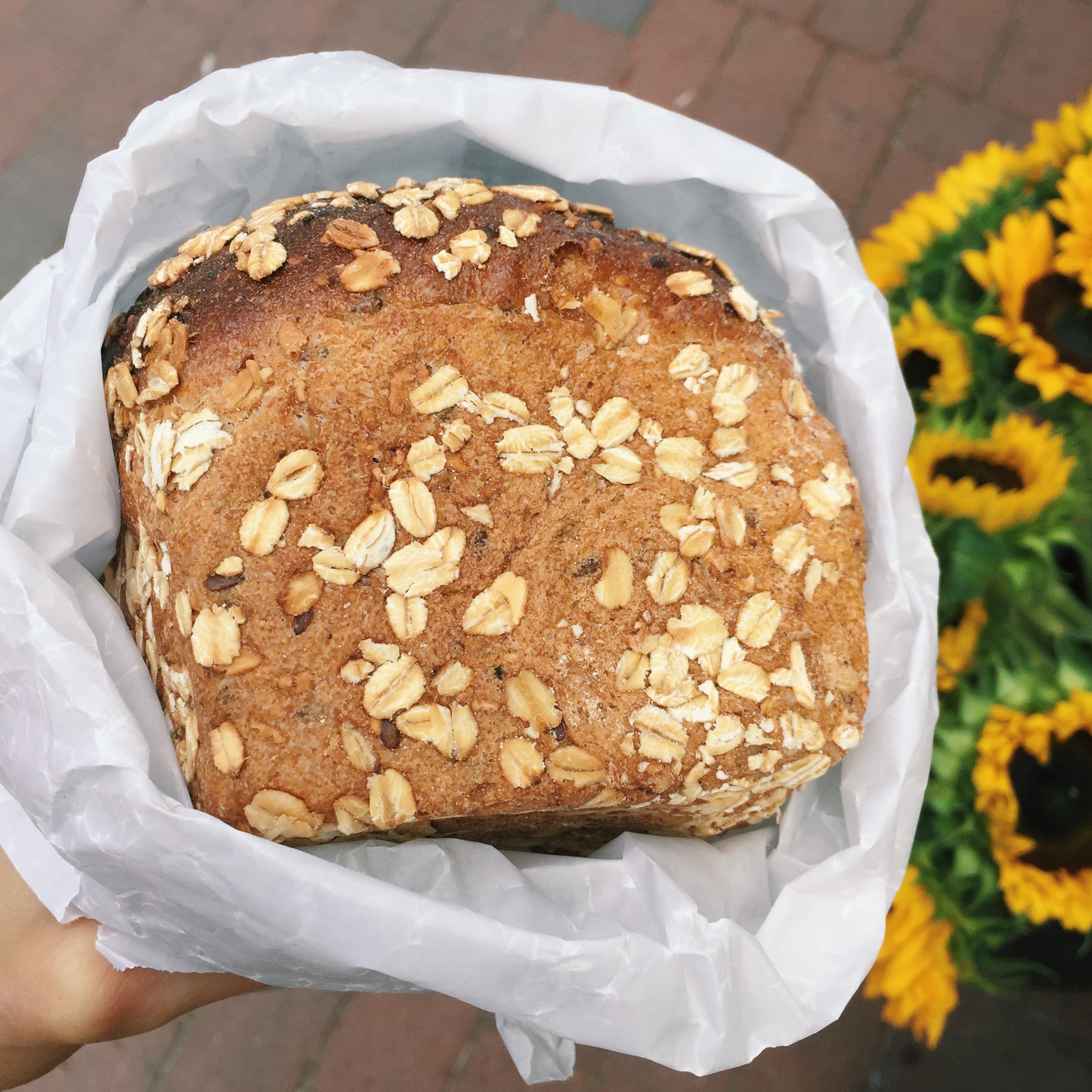Share This
Depending on the day, gluten is seemingly the hero to every classically trained baker and the villain to every Hollywood actress. In the past decade or so, this relatively obscure protein in wheat (and barley, and rye) rose to infamy as awareness for celiac disease and other gluten-related disorders skyrocketed. While still quite rare (effecting an estimated 1% of the U.S. population), celiac disease is on the rise, as are other autoimmune diseases like type 1 diabetes and multiple sclerosis.
To help search for patterns that might explain this increase, researchers followed 8,676 newborn babies who were genetically pre-disposed to celiac disease in Finland, Germany, Sweden, and the United States for 5 years, analyzing their food intake and monitoring for the development of celiac disease. This study, which was just published in JAMA, found that babies eating more gluten in their first few years of life were significantly more likely to develop celiac disease.
This research raises more questions than answers, as it contradicts previous studies that found no relationship between celiac disease and gluten intake. In fact, other studies have found that delayed gluten introduction may also be linked with type 1 diabetes risk (another autoimmune disease, like celiac disease) in children, and that gluten-free kids’ foods are no healthier than regular kids’ foods. While more research is clearly needed to better understand the consequences of different child eating patterns, it would be premature to suggest delaying or avoiding gluten intake based on this one study alone.
Maureen M. Leonard, MD, and Alessio Fasano, MD, of MassGeneral Hospital for Children and Harvard Medical School in Boston also questioned the significance of the JAMA findings, noting that “the prevalence of celiac disease in Finland is higher (1%-2.5%) than in Italy (0.7%-1.1%), yet wheat consumption in Italy is much higher than in Finland; this is also the case in Greece.”
As scientists explore this topic further, future studies would be wise to verify the gluten content of foods reported (a limitation of the new JAMA study). Another potential confounder that has been under-researched is the impact of processing (such as quick-rise yeast versus slow fermentation) on the potential development of celiac disease. Might it be possible that the way our breads are baked is just as significant to our immune system as what goes into the bread? Only time will tell.
Regardless of the type of diet that parents provide, whole grains remain an important component of child nutrition. Whole wheat products, such as whole wheat bread, whole wheat pasta, and whole wheat crackers, are simple, family-friendly choices that are easy to incorporate into daily meals. However, most whole grains, such as quinoa, brown rice, millet, oats, cornmeal, teff, sorghum, amaranth, and buckwheat, are actually naturally gluten-free, meaning that even children with celiac disease can meet their recommended intake of whole grains.
This month we’re celebrating whole grains in all of their global goodness. For the month of September, we’re inviting you, your friends, and family to sign up and receive special daily emails full of new recipes, whole grain cooking tips, and culinary inspiration gathered from the traditions of the Mediterranean, Asia, Latin America and the African diaspora. Join us as we embark on Whole Grains: the World Tour! (Kelly)


Add a Comment